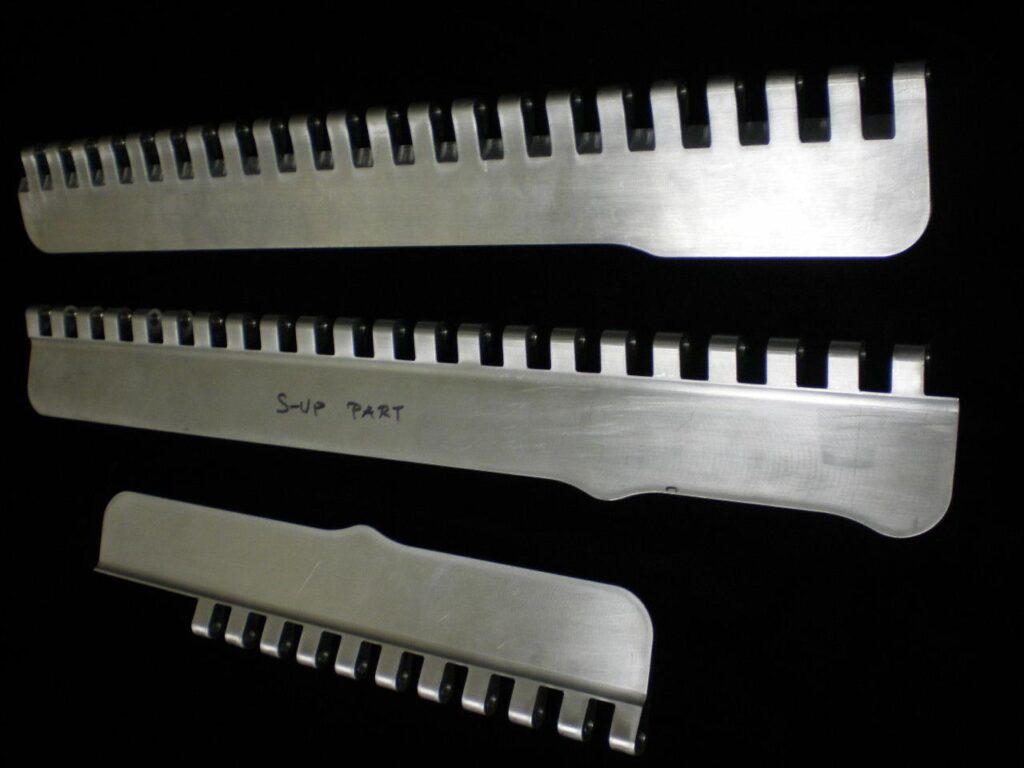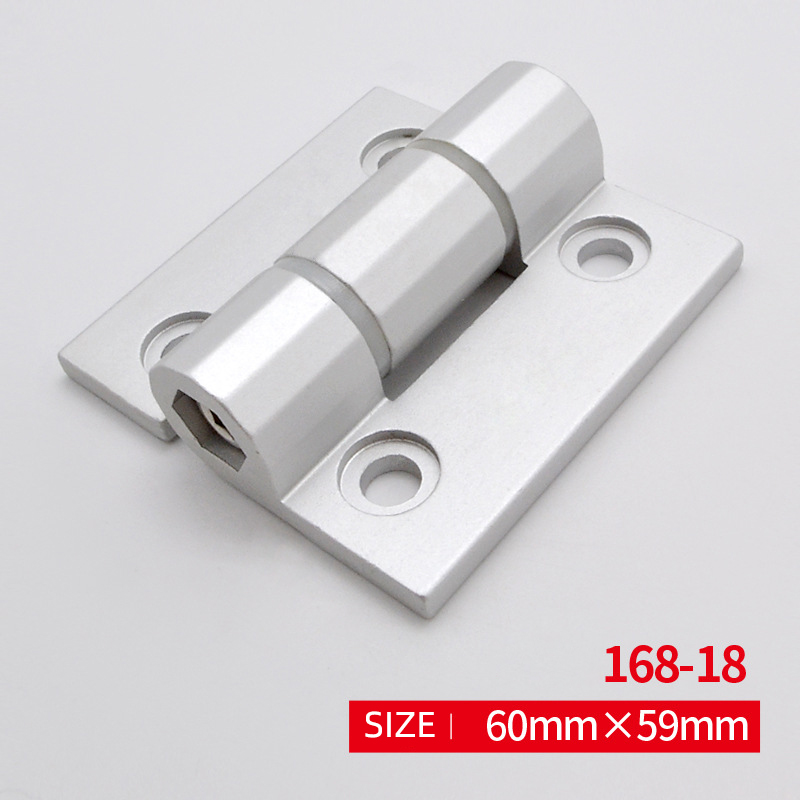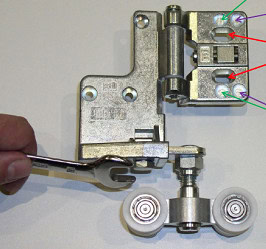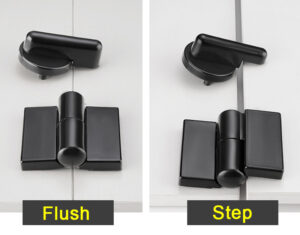In today’s world, where sectors ranging from aerospace to robotics seek innovative solutions, even a seemingly simple component like the hinge becomes a focal point of design considerations. Every piece of machinery or equipment requires a hinge tailored to its unique requirements.
As we delve into the realm of hinges, we begin to discern the intricate interplay between applications and their influence on the hinge’s design and material. Ensuring a hinge’s compatibility with its intended application promises longevity, efficiency, and optimal functionality.
Given the vast landscape of hinge applications, it’s worth diving deep into how specific sectors shape hinge design and material choice. Here’s a thorough exploration:
Aerospace and Aviation
Airborne equipment, given its high-stakes environment, demands hinges that can brave tremendous pressure, temperature fluctuations, and more. Ensuring minimal weight without compromising strength is vital.
Materials like aluminum and titanium are predominant. Their inherent qualities—corrosion resistance, weight-to-strength ratio, and durability across temperature variations—render them indispensable for aircraft componentry.

Medical Equipment
For equipment that directly impacts human lives, there’s no room for error. Hinges in surgical equipment, MRI machines, or patient beds must embody cleanliness, precision, and reliability.
Stainless steel often becomes the material of choice, particularly due to its non-porous nature that inhibits bacterial growth. It resists the harsh chemicals omnipresent in medical facilities and guarantees consistent movement, a must-have for life-saving equipment.
Stainless steel hinges are also the main type of industrial hinges that IHINGES uses when ordering hinges for its customers.
Robotics and Automation
In a world rapidly transitioning to automation, robotic hinges mandate precision, consistent repeatability, and longevity. Beyond mere function, the design ensures the hinge complements the robot’s structure.
Advanced alloys and certain high-performance plastics, with self-lubricating properties, emerge as frontrunners. They endure the wear and tear of repeat operations, promoting uninterrupted robotic performance.

Transportation Vehicles
Every hinge in transportation—from trains to buses and cargo trucks—faces regular wear from constant use, exposure to elements, and more. Durability and environmental resistance are paramount.
Materials like brass and stainless steel reign supreme. While brass offers corrosion resistance coupled with strength, stainless steel impresses with its hard-wearing nature, especially pivotal for vehicles battling diverse weather conditions.
Military and Defense
The defense sector requires hinges that encapsulate sturdiness, resilience, and often discretion. With exposure to challenging terrains and conditions, these hinges must remain unyielding.
Materials like hardened steel and specific robust alloys are coveted. Often, they undergo treatments to blend with the equipment, avoiding any inadvertent reflections that could compromise operations.

Electronics and Enclosures
In our digital age, hinges in gadgets—laptops, tablets, foldables—have to be compact yet robust, ensuring longevity and precision.
Materials tailored for these needs include specialized plastics and lightweight metals. Beyond mere function, designs are meticulously crafted to meld with device aesthetics, upholding the brand’s visual appeal.
Marine Equipment
The unforgiving marine environment, teeming with saltwater, demands hinges that champion corrosion resistance while maintaining their strength amidst high pressures.
Grade 316 stainless steel often emerges as the top contender, thanks to its unparalleled anti-corrosive properties. Designs, too, prioritize durability and consistent performance, vital for equipment at sea.
Heavy Machinery and Equipment
The behemoths of the industrial world—excavators, bulldozers, cranes—require hinges that can shoulder immense loads, ensuring smooth operations even in the most rugged conditions.
Materials like hardened steel and high-strength alloys, known for their unmatched load-bearing capacity, dominate this space. Designs are fine-tuned to ensure these hinges can handle substantial weights and stresses without a hitch.
Conclusion
In conclusion, the humble hinge, often overlooked, underpins the functionality of myriad applications across diverse sectors. Its design and material, meticulously chosen based on its intended application, underscore its significance in our modern world.
For those seeking unparalleled hinge solutions, look no further. As an industry-leading hinge manufacturer, we pride ourselves on quality assurance, coupled with competitive pricing. Our expertise lies in tailoring industrial hinges to cater to specific equipment installation needs. For customized solutions, please contact us for a quote.
You might also be interested:







